Jordenös latest film Kiki, which portrays the ballroom subculture by LGBTQ people of colour in New York City, has received praise around the world. Now, the artist has returned to document her hometown of Robertsfors in the north of Sweden, a community where life changed for everyone when the synthetic diamond factory suddenly closed down.
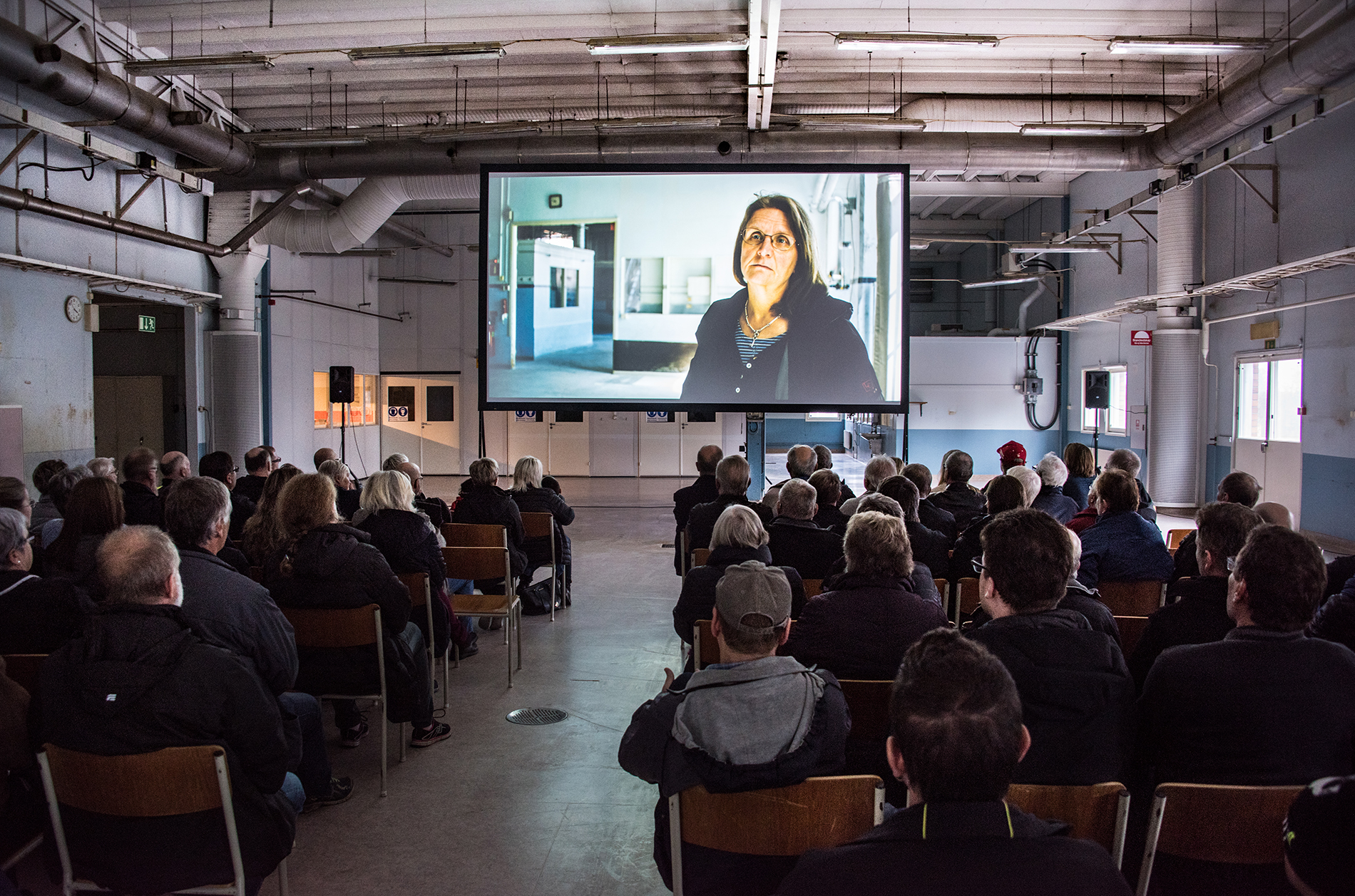
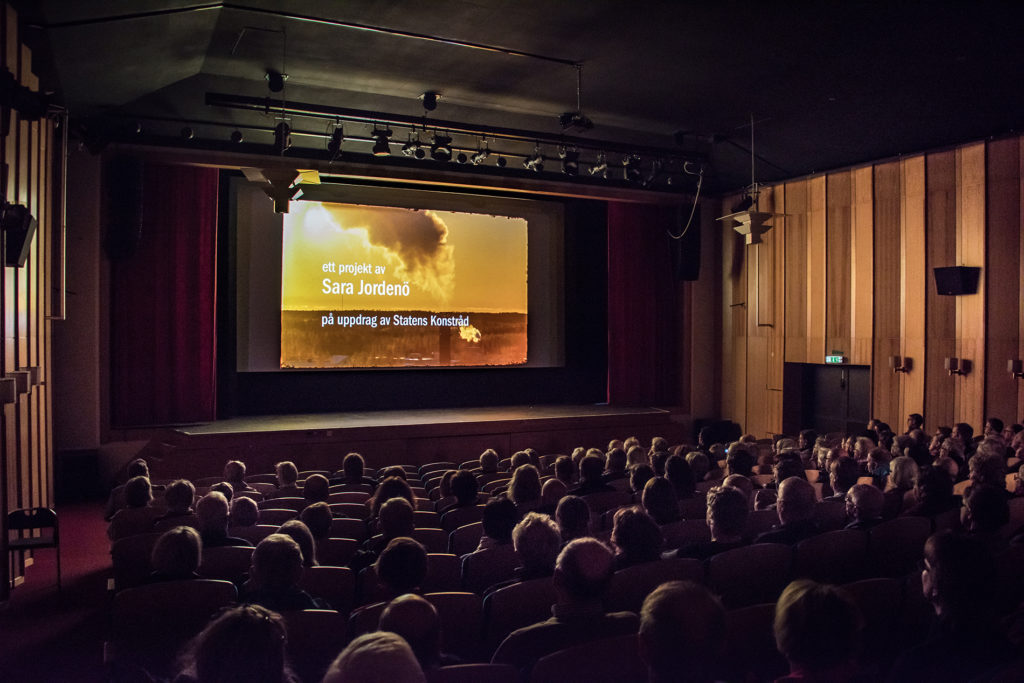
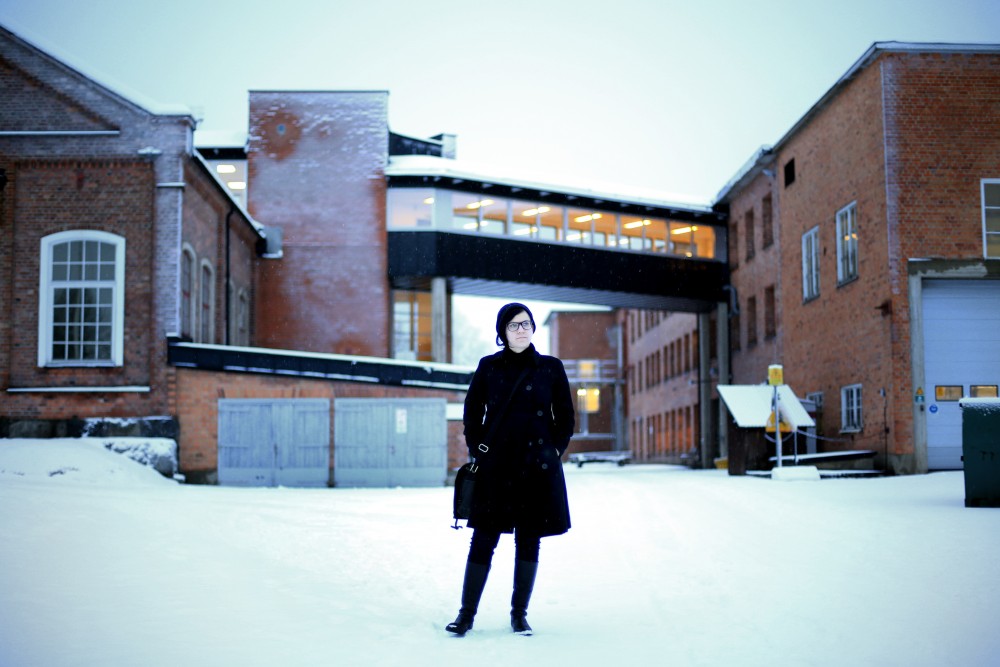
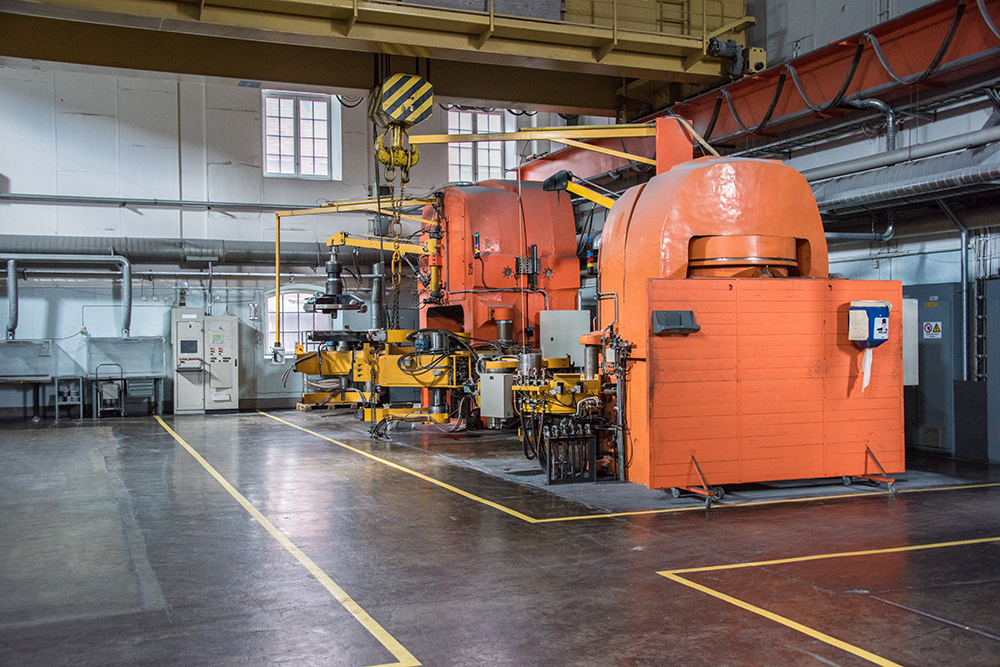
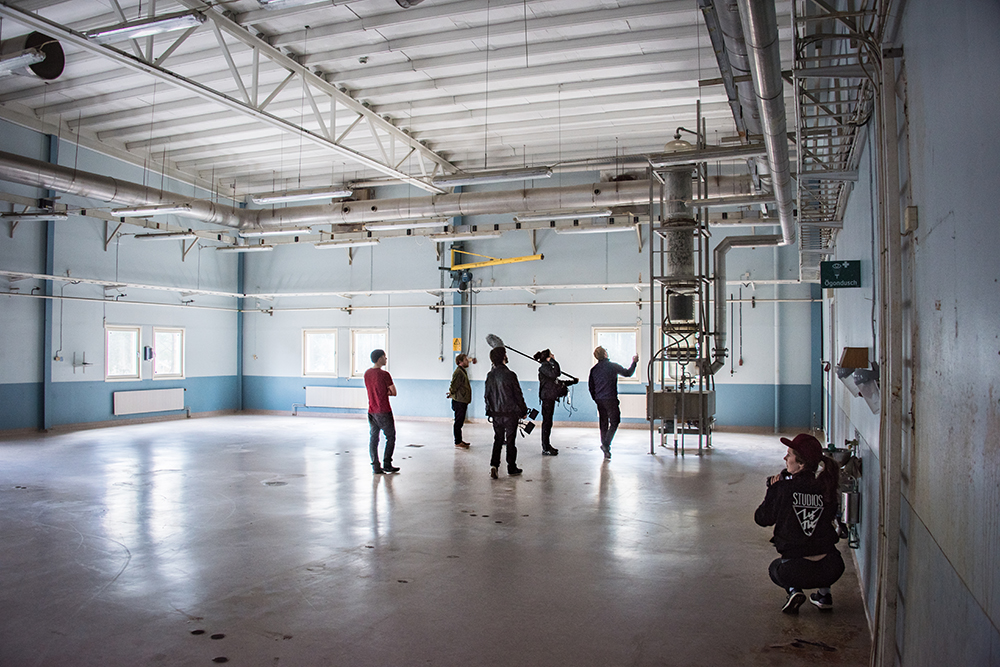
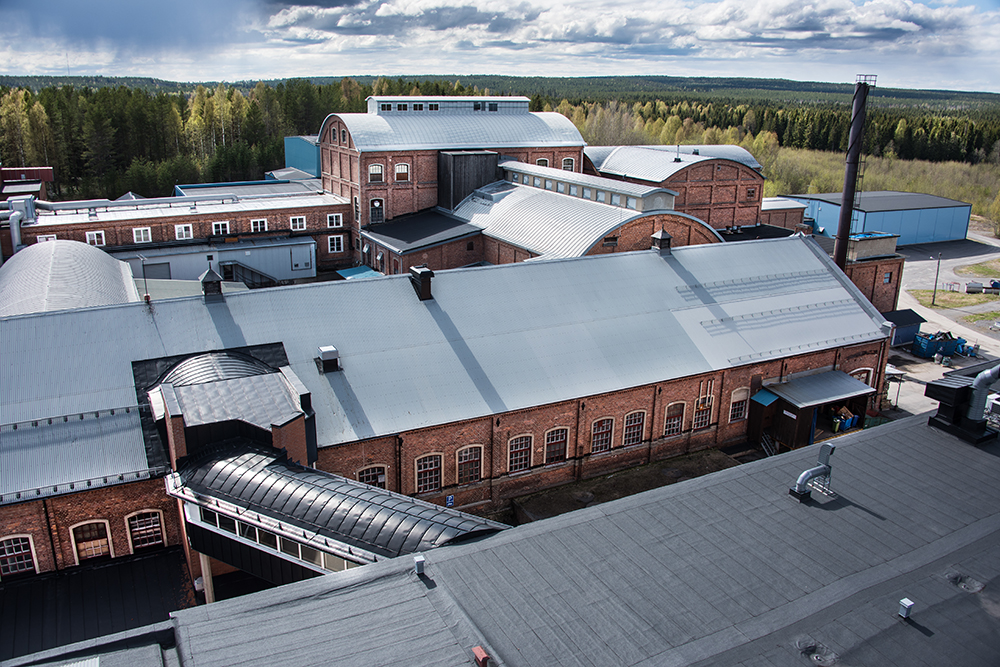
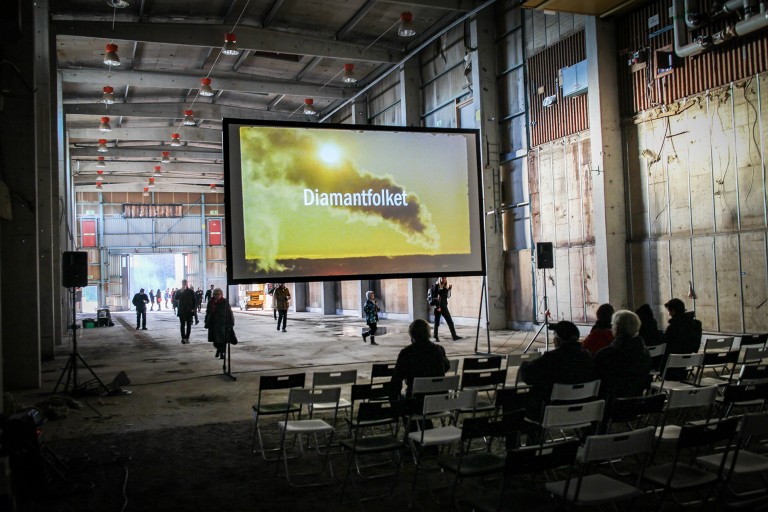
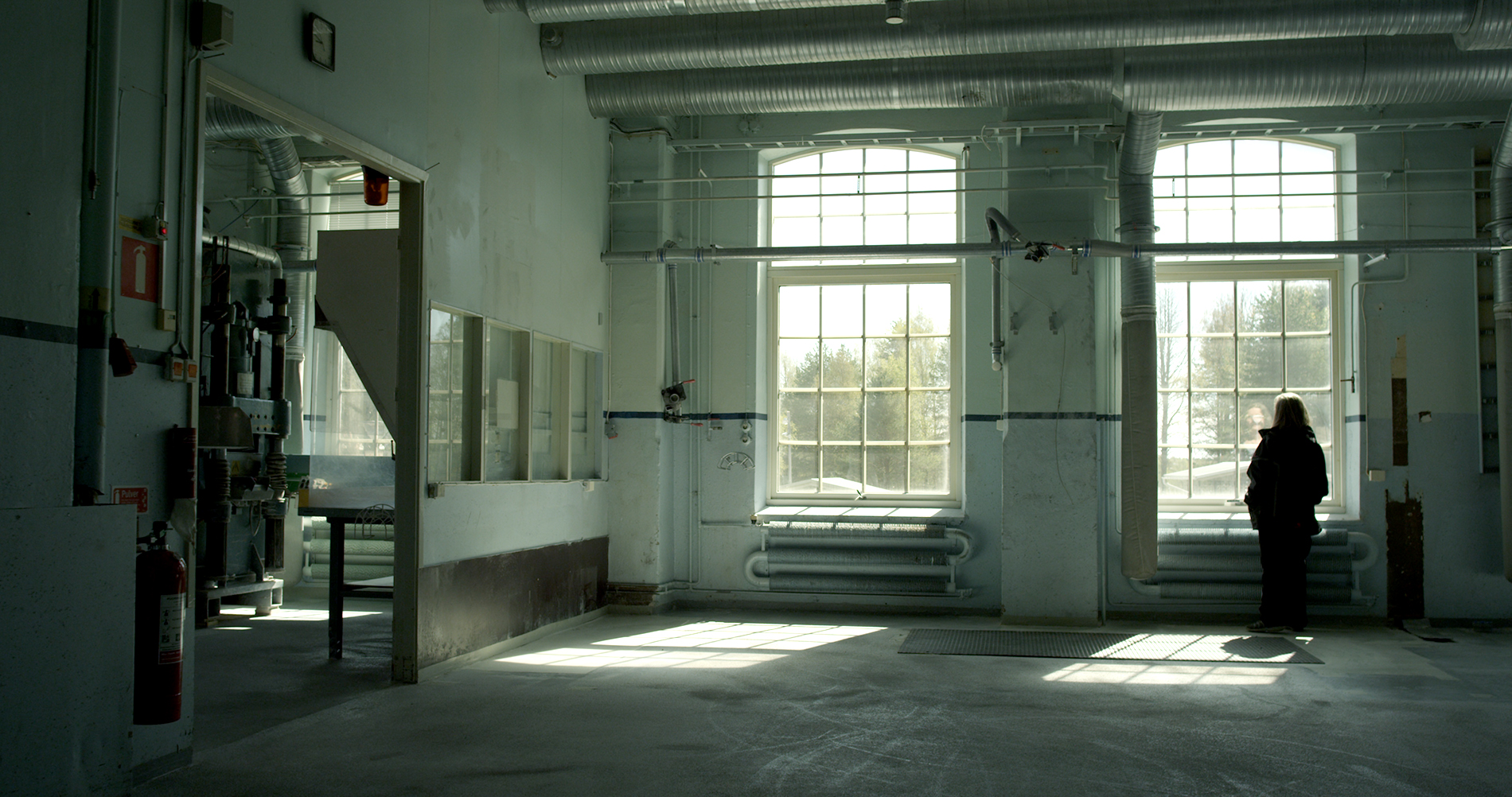
In 2015, the decision was announced to close the diamond factory, the largest employer in Robertsfors. Its closure was hardly unique. The transformation of Swedish industrial society is one of the most comprehensive social changes of our time. It is at the same time possibly the most invisible. When the media does report on it, which is not often, they focus on statistics: productivity, forms of support, number of employees.
Sara Jordenö, however, wanted to understand the people. She invites the residents of Robertsfors to tell about their own lives, about how not only their work situations were transformed, but also their feelings of community, security, identity… What happens to the individual and what happens in our societies when the whole concept of work changes?
What happens to the individual and what happens in our societies when the whole concept of work changes?
On Sara Jordenö
Artist and documentary filmmaker Sara Jordenö works with film and site-specific projects. She was recently named one of “10 Women Filmmakers to Watch” by Variety Magazine and European Film Promotion (EFP). Jordenö’s works are often portraits of and dialogues with marginalized groups. Documentary film Kiki premiered at Sundance International Film Festival and has since been shown in seventeen countries. Jordenö has been awarded many prizes for Kiki, among them the Teddy Award for Best Documentary at the Berlin International Film Festival, and the Kathleen Bryan Edwards Award for Human Rights at Full Frame Documentary Film Festival. Her earlier projects have been exhibited at such institutions as Moderna Museet in Stockholm, Bildmuseet in Umeå, and MoMA PS1 and The Kitchen in New York City.
Curator Lisa Rosendahl on Diamond People
Over the last decade, artist and documentary filmmaker Sara Jordenö has returned to her hometown Robertsfors many times to document the relationship between the residents and the largest employer in the area: the synthetic diamond factory. Her efforts have resulted in a number of different works shown in Sweden and internationally. In 2015, after the announcement that the factory was to close permanently, some of the employees asked Jordenö if she could come back one last time to document their place of work before it was gone for good. The finished film begins with former employees’ personal stories and focuses on how the factory and its closing have impacted the local community.
Diamond People is the third part in Public Art Agency Sweden’s series Industrial Society in Transition, which in different regions and through different artistic practices attempts to depict the societal transformation that has been going on in Sweden over recent decades. Rather than describing the transition to a postindustrial existence through an industrial-historical focus on buildings, machines, and products from peak manufacturing years, the artworks center on people and their contemporary experiences.
In Diamond People, Jordenö invites former employees to visit the empty factory buildings and reflect on how their work and the factory closure have impacted their lives. The problems in Robertsfors mirror those in large parts of the country, and these personal stories are in many ways characteristic of the narrative of Sweden in general.
Robertsfors was a typical factory town: first came the paper mill, then came a planned community around it to ensure the existence of a workforce. This established a strong symbiosis between industry and the community, which is symptomatic of the emergence of the Swedish welfare state in general. This also created an almost unshakeable loyalty of employees toward the factory, which over time came to characterize all of Robertsfors. How is the story of a once self-evident relationship between society and industry affected when the contract of reciprocal loyalty has been broken?
The old paper mill’s patriarchal structure gradually shifted to a state-owned industry, which in turn became privately owned and a part of a multinational concern. During the last six months the factory was active in the region, employment was managed by an employment agency. The decision to close the Robertsfors factory and move its operations to Ireland was part of a global plan rooted in many other factors than just the productivity and projected profits of that specific factory. The factory was functioning well and was a world leader in the development of technology, and both factors made the decision difficult to understand. In the film, one possible answer is given by the Robertsfors Economic Development Director, who compares laws in an international perspective: in Ireland, it would have cost the company around 26 million SEK (2.7 million EUR) in employee severance packages if they were to close the factory. In Robertsfors, it was essentially without cost. How much did legislation affect the multinational concern’s decision to close Robertsfors in particular?
Curator Lisa Rosendahl about Diamond People
Over the last decade, artist and documentary filmmaker Sara Jordenö has returned to her hometown Robertsfors many times to document the relationship between the residents and the largest employer in the area: the synthetic diamond factory. Her efforts have resulted in a number of different works shown in Sweden and internationally. In 2015, after the announcement that the factory was to close permanently, some of the employees asked Jordenö if she could come back one last time to document their place of work before it was gone for good. The finished film begins with former employees’ personal stories and focuses on how the factory and its closing have impacted the local community.
Diamond People is the third part in Public Art Agency Sweden’s series Industrial Society in Transition, which in different regions and through different artistic practices attempts to depict the societal transformation that has been going on in Sweden over recent decades. Rather than describing the transition to a postindustrial existence through an industrial-historical focus on buildings, machines, and products from peak manufacturing years, the artworks center on people and their contemporary experiences.
In Diamond People, Jordenö invites former employees to visit the empty factory buildings and reflect on how their work and the factory closure have impacted their lives. The problems in Robertsfors mirror those in large parts of the country, and these personal stories are in many ways characteristic of the narrative of Sweden in general.
Robertsfors was a typical factory town: first came the paper mill, then came a planned community around it to ensure the existence of a workforce. This established a strong symbiosis between industry and the community, which is symptomatic of the emergence of the Swedish welfare state in general. This also created an almost unshakeable loyalty of employees toward the factory, which over time came to characterize all of Robertsfors. How is the story of a once self-evident relationship between society and industry affected when the contract of reciprocal loyalty has been broken?
The old paper mill’s patriarchal structure gradually shifted to a state-owned industry, which in turn became privately owned and a part of a multinational concern. During the last six months the factory was active in the region, employment was managed by an employment agency. The decision to close the Robertsfors factory and move its operations to Ireland was part of a global plan rooted in many other factors than just the productivity and projected profits of that specific factory. The factory was functioning well and was a world leader in the development of technology, and both factors made the decision difficult to understand. In the film, one possible answer is given by the Robertsfors Economic Development Director, who compares laws in an international perspective: in Ireland, it would have cost the company around 26 million SEK (2.7 million EUR) in employee severance packages if they were to close the factory. In Robertsfors, it was essentially without cost. How much did legislation affect the multinational concern’s decision to close Robertsfors in particular?
In Robertsfors, it is clear from the city planning how everything was once connected: the factory production enabled the building of homes as well as the presence of a school, a healthcare clinic, and a supermarket. Without a large employer in the area, the society and its various functions are at risk for disappearing. What happens to people when the obvious hub and economic engine of their community is taken away? Former employees say that it wasn’t only the jobs that disappeared when the factory was closed, but also their sense of belonging and their familiar meeting place. When they see each other again at a career development training about the digital network LinkedIn and other social media, the contrast between the conditions for public life today and in the past becomes evident. “You are the commodity now,” explains a representative from the adult education center and encourages the unemployed attendees to start blogging.
But we shouldn’t glorify the blue-collar mentality that came with secure jobs and the unquestioned possibility for many people to find jobs at the factory right after graduation, either. “When generation after generation goes to the same place, it affects your ambition,” says one of the voices we meet in the film, wondering if it might be difficult to reach your full potential, to become who you’re supposed to become, when it’s more comfortable to do the same thing everyone else does and keep on working at the factory.
In Jordenö’s portrait, people’s living memories and physical presence are contrasted with the emptiness and silence of the factory. The connection between workplace and society is emphasized by using the sound recordings from the active factory to set the tone for the camera’s travels through Robertsfors. The observer is also reminded that Jordenö’s artistic practice and the film in itself are, in a way, products of the diamond factory: this is where her father worked, where she had her first job, and where the political consciousness that later came to characterize many of her artworks was awakened.
The film will premiere in Robertsfors at the end of October and will then be screened in Skelleftehamn, Holmsund, and Boliden before reaching other parts of Sweden. In Västerbotten, screenings will be followed by a discussion with the director, participants in the film, and the audience. The goals are to share personal experiences of changing workplaces and together situate them within a larger historical, economic, and social perspective. How can a local community respond to a decision to close a factory when the main employer is just one piece in a multinational puzzle? What are the ramifications of the law in Sweden and internationally when it comes to a town going under because a company shuts its doors? What does it mean to become unemployed after having worked at the same place your entire life? How can we handle the great transformation from having one primary employer that unites a region to working for an employment agency, starting your own business, or turning to other careers? Can the negative experience of receiving your notice also pave the way for new possibilities and ways of viewing your existence?
Sara Jordenö works with film and site-specific projects. She has garnered international attention for her documentary film Kiki, in theaters now, which depicts the LGBTQ ballroom community subculture in New York City and which has been awarded multiple prestigious prizes. Diamond People is her third work inspired by Robertsfors and the diamond factory. Her work has previously been shown at Moderna Museet in Stockholm, Bildmuseet in Umeå, and MoMA PS1 and The Kitchen in New York City.
The earlier works in the series Industrial Society in Transition were created by artists Alexandra Pirici and Annika Eriksson and have been exhibited in Göteborg, Grängesberg, Stockholm, and Malmö.
Curator: Lisa Rosendahl

Industrial Society in Transition
Sara Jordenö’s artwork is the third part of Public Art Agency Sweden’s series entitled Industrial Society in Transition with curator Lisa Rosendahl. Earlier works in the series were created by artists Alexandra Pirici and Annika Eriksson and have been exhibited in Gothenburg, Grängesberg, Stockholm, and Malmö.

Read more
Find the artwork
Fabriksvägen, Robertsfors, Sverige